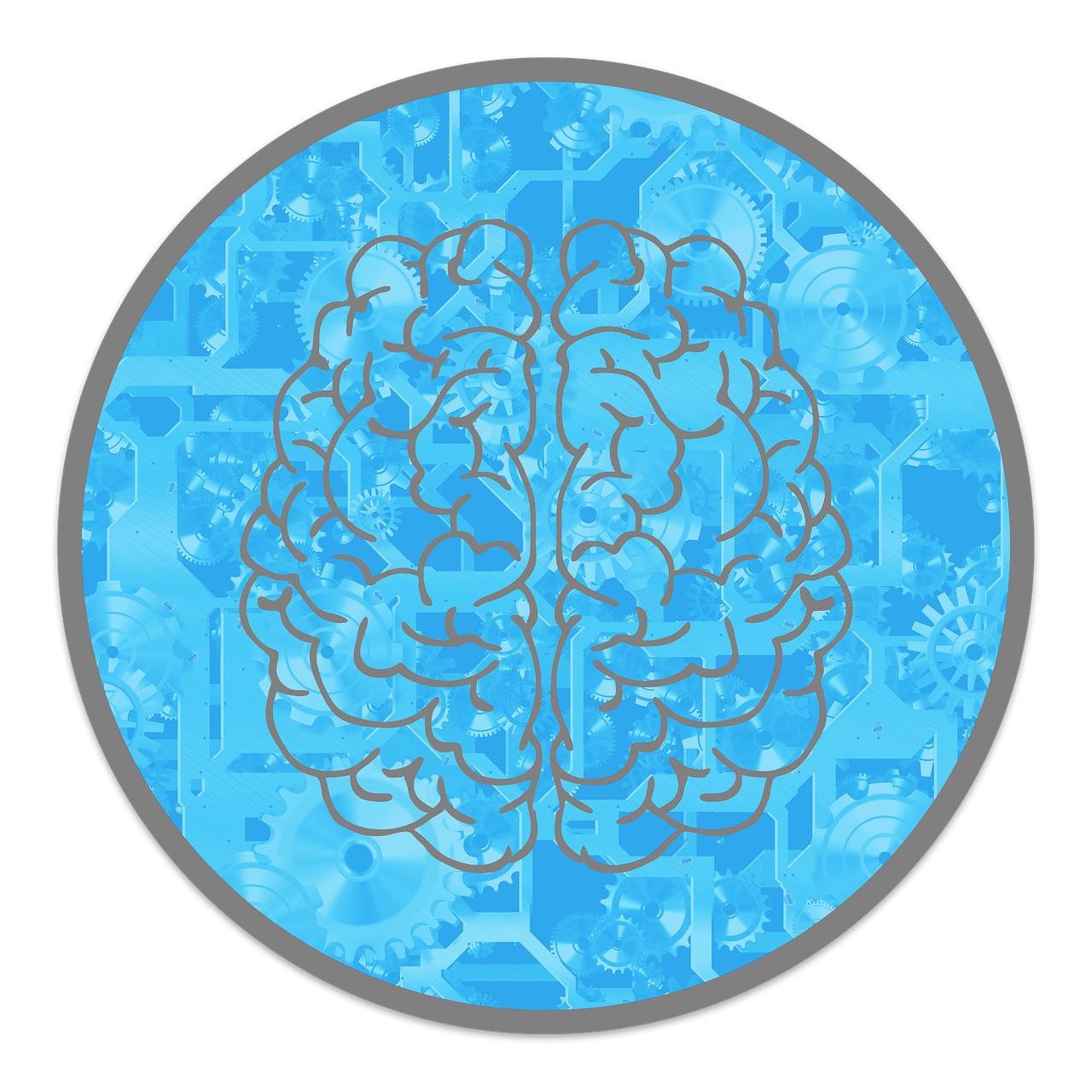
In the quest for self-improvement and creating a better life, two concepts often come up: mindfulness and manifestation.
Both have gained immense popularity in recent years, but they represent distinct approaches to personal growth.
While mindfulness focuses on the present moment, manifestation leans towards envisioning and creating a desired future.
But which one leads to real change?
Let’s explore these practices in detail to find out.
What Is Mindfulness?
Mindfulness is the practice of being fully present and engaged in the moment without judgment.
Rooted in ancient Buddhist traditions, it has become a cornerstone of modern psychology and wellness practices.
Core principles of mindfulness
Present moment awareness
Mindfulness is about staying in the moment.
Instead of worrying about the future or rethinking the past, it encourages you to focus on what’s happening right now.
Observing without judgment
Mindfulness teaches you to notice your thoughts, emotions, and physical sensations without labeling them as “good” or “bad.”
You simply observe them as they are.
Practicing acceptance
Rather than resisting or trying to change reality, mindfulness invites you to accept things as they are.
This approach can help you feel calmer and more resilient, even during challenging times.
Benefits of mindfulness
Mindfulness has been shown to have many positive effects on both the mind and body.
Here’s how it can help:
Lower stress and anxiety
Mindfulness practices, like mindfulness-based stress reduction (MBSR), have been proven to reduce stress and anxiety.
A study in JAMA Internal Medicine showed that these techniques can help people feel calmer and more in control.
Better focus and concentration
By practicing mindfulness regularly, you can train your brain to focus better and reduce distractions.
It helps you stay present and productive.
Improved emotional balance
Mindfulness makes it easier to recognize and manage your emotions, leading to healthier relationships and better decision-making.
Increased self-awareness
When you practice mindfulness, you become more in tune with your thoughts and behaviors.
This awareness helps you make choices that align with your values and goals.
Examples of mindfulness practices
Mindfulness can be practiced in many ways, and you don’t need to be an expert to get started.
Here are some simple and effective examples:
Meditation
Try practices like focusing on your breath, a loving-kindness meditation, or a body scan.
These are great options for beginners to ease into mindfulness.
Mindful breathing
Take a moment to focus on your breath as it moves in and out.
This simple practice can help you feel more grounded and present.
Body scans
Gently shift your attention to different parts of your body, noticing sensations without judgment.
This practice can help you relax and become more aware of how your body feels.
Mindful walking
As you walk, pay attention to each step and the sensations in your feet.
Notice the rhythm of your movements and how your body feels in motion.

What Is Manifestation?
Manifestation is the process of bringing your desires into reality by focusing your thoughts, emotions, and actions on them.
It is closely tied to the Law of Attraction, which suggests that like attracts like.
Core principles of manifestation
Manifestation is all about turning your desires into reality through focus, intention, and belief.
Here are its key principles explained in simple terms:
The law of attraction
The idea is simple: positive thoughts bring positive outcomes, while negative thoughts can attract challenges.
Your mindset shapes what you draw into your life.
Visualization
Picture your goals as if they’ve already happened.
This mental practice helps you align your thoughts and energy with what you want to achieve.
Affirmations
Repeating positive statements, like “I am capable” or “I am worthy of success,” builds your confidence and strengthens your belief in achieving your goals.
Belief and expectation
Manifestation thrives on trust. You need to believe in your vision and genuinely expect it to come true.
This faith keeps you motivated and focused.
Potential Benefits and Limitations of Manifestation
Manifestation can be a powerful tool for personal growth, but it’s essential to understand both its advantages and its boundaries.
Benefits
Boosts motivation and positivity
When you focus on your goals and dreams, you’re more likely to stay inspired and maintain a positive outlook on life.
Improves clarity and focus
Manifestation techniques encourage you to define what you truly want, helping you set clear priorities and work toward your goals.
Limitations
Unrealistic expectations
Manifestation alone won’t create results without action.
If you rely solely on visualization or affirmations without effort, it can lead to disappointment.
Overlooking the present
Focusing too much on future desires may cause you to ignore the realities and challenges that need attention in the present moment.
Examples of manifestation techniques
Manifestation involves aligning your thoughts and actions with your goals.
Here are some simple yet powerful techniques:
Vision boards
Create a visual representation of your goals by gathering images, words, and symbols that reflect what you want to achieve.
Seeing these daily can keep your aspirations front and center.
Writing affirmations
Write down positive, goal-oriented statements, such as “I am confident and capable of achieving success.”
Repeating them daily reinforces your belief and motivation.
Visualization exercises
Take time to imagine yourself reaching your goals.
Use all your senses—picture what it looks like, how it feels, and even the sounds or smells associated with your success.

Mindfulness vs. Manifestation: Key Differences
| Aspect | Mindfulness | Manifestation |
| Focus | Present moment awareness—accepting life as it is. |
Future-oriented—aligning thoughts with desired outcomes.
|
| Goal | Cultivating peace, clarity, and self-awareness. |
Achieving specific goals and creating your ideal future.
|
| Approach | Observation and acceptance without judgment. |
Visualization, affirmations, and belief in possibilities.
|
| Action | No focus on changing circumstances, just being present. |
Encourages proactive thinking and action to reach goals.
|
| Mindset | Letting go of control and embracing what is. |
Taking control by directing thoughts and energy.
|
| Core Practice | Meditation, mindful breathing, and body scans. |
Vision boards, visualization exercises, and affirmations.
|
| Time Orientation | Anchored in the present. |
Focused on the future.
|
| Emotional Foundation | Builds calm, acceptance, and self-awareness. |
Builds hope, optimism, and motivation.
|
This comparison highlights how mindfulness emphasizes living fully in the present, while manifestation is about intentionally shaping your future.
Both can complement each other depending on your goals.
Which Leads to Real Change?
The answer to this question really depends on what you’re hoping to achieve.
If your main goals are to lower stress, become more self-aware, and build emotional strength, then mindfulness is likely the way to go.
Mindfulness helps you connect with the present moment, allowing you to understand your thoughts and feelings better.
On the flip side, if you’re aiming to set big goals and actually achieve them, manifestation can be a powerful tool.
It encourages you to focus on what you want for the future and use techniques like visualization and affirmations to align your thoughts with those desires.
However, it’s important to note that neither mindfulness nor manifestation works well on its own.
For real, lasting change, it’s beneficial to find a balance between being aware of the present and taking action toward your future goals.

Combining Mindfulness and Manifestation
Mindfulness and manifestation can work together in a way that enhances both practices.
Here’s how they complement each other:
Stay grounded while visualizing
When you’re using manifestation techniques like visualization, mindfulness can help you stay rooted in the present moment.
This ensures that your vision for the future doesn’t pull you away from the reality of where you are now, keeping you balanced and realistic.
Accept the present, plan for the future
Mindfulness encourages you to accept things as they are right now, helping you let go of frustrations or anxieties.
Meanwhile, manifestation inspires you to focus on your goals and take action toward a brighter future.
Together, these practices create a healthy balance of acceptance and ambition.
Mindful manifestation
You can incorporate mindfulness directly into your manifestation routine.
For example, meditative visualization combines both practices, allowing you to focus your thoughts, feelings, and energy on your goals while staying mindful and present.

Final Thoughts
Mindfulness and manifestation are not mutually exclusive; they can work together to bring about real change.
By practicing mindfulness, you develop a strong foundation of awareness and emotional resilience.
Manifestation, when paired with mindful action, can help you turn dreams into reality.
The key lies in balancing both approaches to achieve sustainable growth and happiness.


